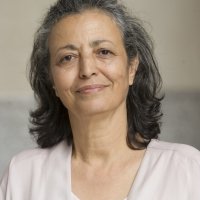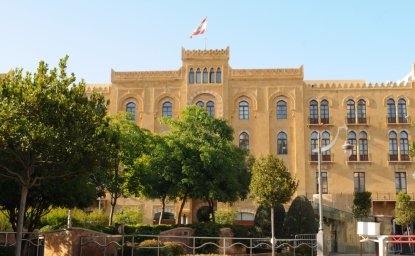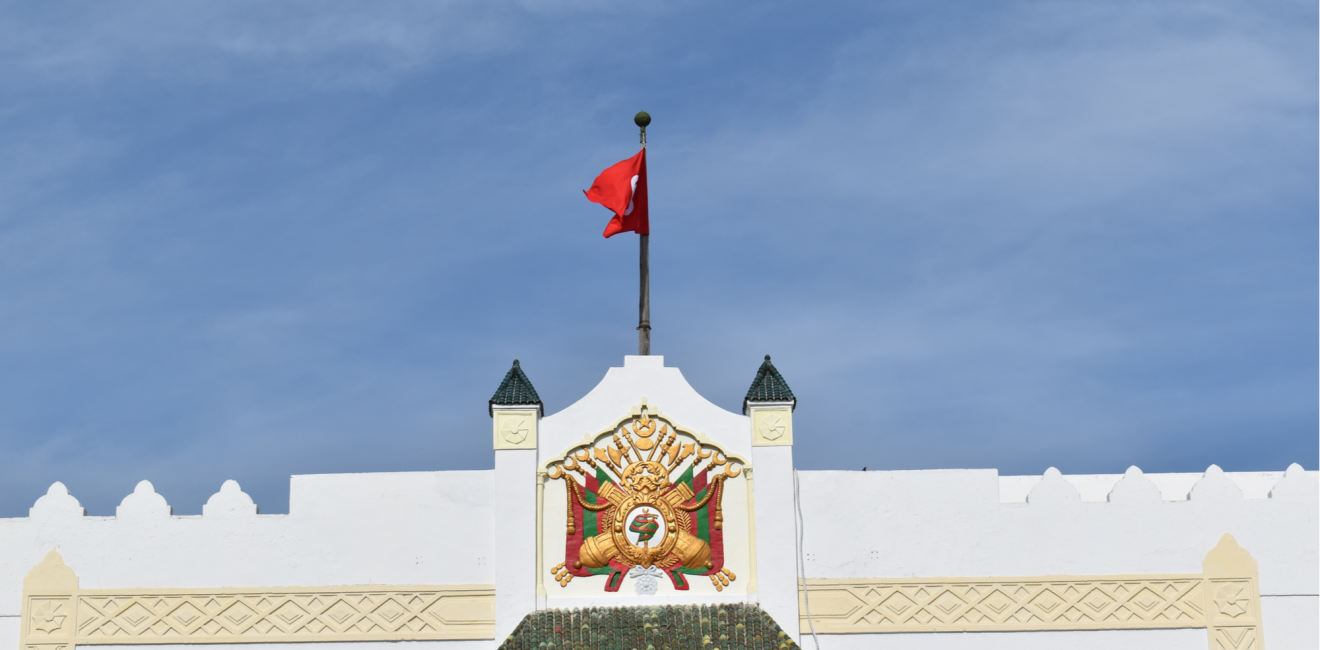
A blog of the Middle East Women's Initiative
The emigration of university teachers, with men constituting a large majority of emigrants, has led to the feminization of university personnel.
According to the Organization for Economic Co-operation and Development (OECD), 95,000 researchers, businessmen, doctors, and university faculty members left Tunisia, mostly for Europe, between 2011 and 2018. In 2018, Germany expressed its need to recruit “130,000 Tunisian doctors and nurses.” In 2019, of the 2,573 unrestricted contracts (CDIs) awarded by France to Tunisians, there were 2,291 engineers, of which 2,265 were in the information sciences. The General Union of Tunisian Workers (UGTT) estimates that the number of doctors who will leave Tunisia in 2022 may reach 2,700. These figures are alarming.
The reasons for this emigration flow include, according to the Association des Tunisiens des Grandes Ecoles (Atuge), poor living conditions in Tunisia (1/3 of cases), corruption (67%), an uncertain future (52%), bureaucracy (42%), an absence of freedom (26%), political instability (24%), and better professional opportunities abroad—where salaries may be 6 or 7 times higher.
In addition to the emigration Tunisian professionals, we are now witnessing more and more emigration of university professors. The Union of Tunisian University Professors Researchers (Ijaba) refers to some 4,000 university professors who left the country in 2018. In addition to these losses, we should mention the case of doctorate degree holders who, because of the economic crisis in the country, are unable to pursue careers in research. El Manar University noted in 2017 that 3,292 holders of doctorate degrees (69 percent of all doctorates) were unemployed.
The emigration of university teachers, with men constituting a large majority of emigrants, has led to the feminization of university personnel. In 2019, for example, women represented 55 percent of researchers in Tunisia, shouldering the heavy responsibility of training the country’s professionals and future researchers. A similar phenomenon was seen in Algeria during the civil war of the 1990s, during which time male university scientists and faculty members emigrated (mostly to France) resulting in Algerian women carrying on the mission of Algerian universities.
Growing global awareness of the challenges of climate change and the environment, and those related to the COVID-19, highlight the importance of education and training and the collaboration among scientists across the world. It is a critical moment for “science diplomacy” between countries such as Tunisia and the United States. With the inauguration of President Biden, science diplomacy can help achieve solidarity between scientific research institutions, based on principles of equity and the promotion of a scientific ethics that will promote a better world for all. The new White House Gender Policy Council, can invigorate these scientific exchanges by emphasizing the accomplishments and ambitions of women scientists and elevate their discoveries and prestige of brilliant women in their home countries.
Author

Visiting Research Professor, Middle East Institute, National University of Singapore; Former Minister for Women’s Affairs (January to December 2011), Government of Tunisia

Middle East Program
The Wilson Center’s Middle East Program serves as a crucial resource for the policymaking community and beyond, providing analyses and research that helps inform US foreign policymaking, stimulates public debate, and expands knowledge about issues in the wider Middle East and North Africa (MENA) region. Read more


Middle East Women's Initiative
The Middle East Women's Initiative (MEWI) promotes the empowerment of women in the region through an open and inclusive dialogue with women leaders from the Middle East and continuous research. Read more

Explore More in Enheduanna
Browse Enheduanna
Women are the Catalysts for Change in Lebanon

How Education Can Empower Young Women in MENA


